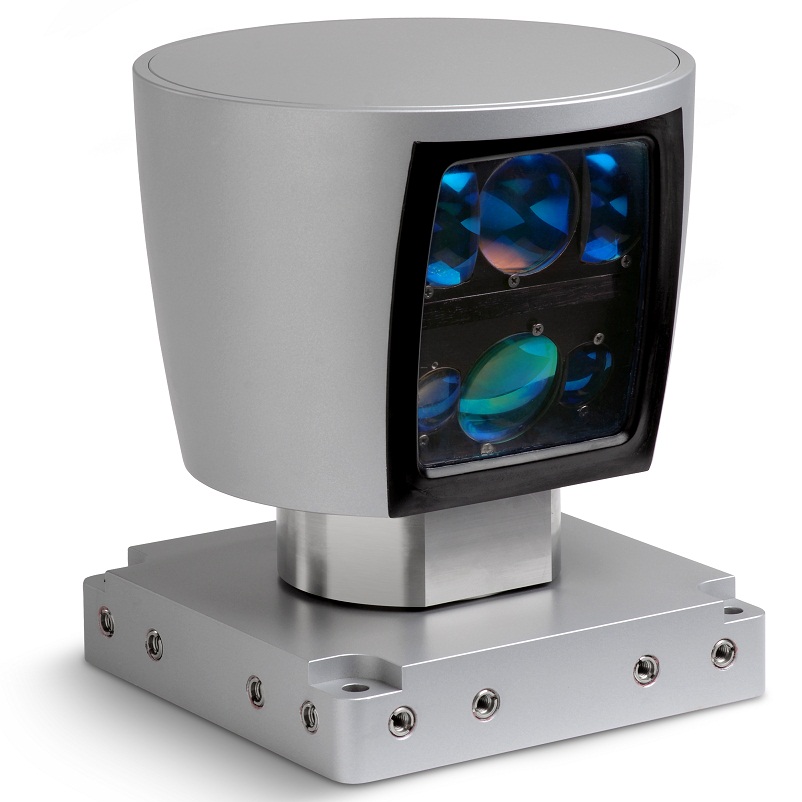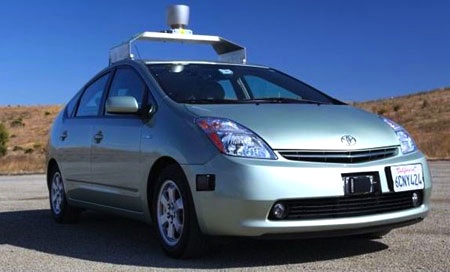Google’s Self-Driving Car with Blind Driver
A car that drives itself has been a goal of inventors and dream of commuters for decades. There have been attempts and experiments before and now Google has joined the movement. By now many of you have probably seen this video of a Steve Mahan, who is 95% blind, going around town in a self-driving car by Google. I wanted to look closer at the technology and discuss the possible benefits and obstacles ahead.
How It Works
Google began their self-driving car project back in 2010 with the goal to “help prevent traffic accidents, free up people’s time and reduce carbon emissions by fundamentally changing car use.” Their car utilizes a roof mounted device called LIDAR (Light Detection And Ranging) by Velodyne which has cameras and lasers. The information taken in from LIDAR is then sent to Google’s own mapping and GPS software. The car can then go by itself to its destination using the information and software. LIDAR also detects other vehicles, pedestrians, and other objects to avoid.
Each trip done by Google’s self driving car is currently done with lots of pre-planning. The path of travel is programmed in and a separate manually driven car is sent out before to note traffic markings and signs or problems. During the drives a trained safety driver is always behind the wheel in case a situation comes up where manual override is needed. A software operator is also in the vehicle to monitor the software. Google even notifies the local police of their activities just in case. Last reported, the self driving car had gone over 200,000 miles.

The Potential Benefits
The benefits of a self driving car for a person that is blind or visually impaired is obvious. The freedom to go to more places independently. My friends who are blind mainly depend on public transportation or family members to go places beyond walking distance of their home. Which limits their independence. Being able to go where they want and when they want, would be a welcome addition to their lives. Of course other people with different disabilities could benefit from a self driving car in the same way.
Obstacles
When will the self-driving car be on the market? Well that’s probably decades away if ever. The amount of programming and logistics needed is mind boggling. Not only would roads have to be part of the mapping software, but also parking lots and drive thru lanes. In the video with Steve Mahan, they go thru a Taco Bell drive thru. So the car would have to know where the drive thru lane is, where the speaker is, and where the drive thru window is. Then finding a parking space in a lot or along a street would also have to be part of the equation. But much of the technology we have today was unimaginable years ago. So a feasible self driving car is possible and I hope they succeed. For more on Google’s self driving car visit these websites here and here.

